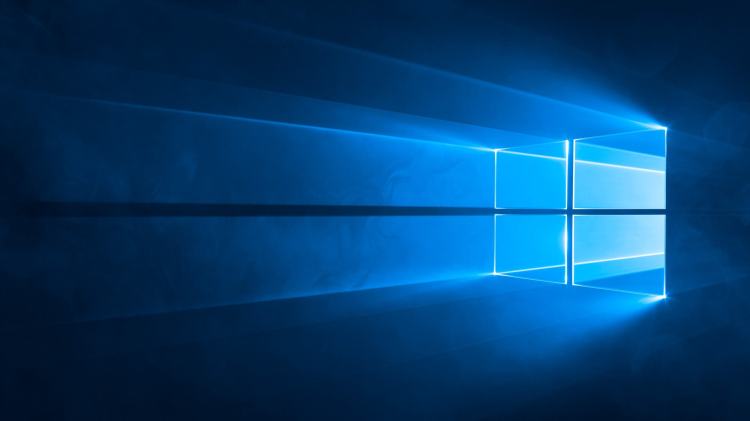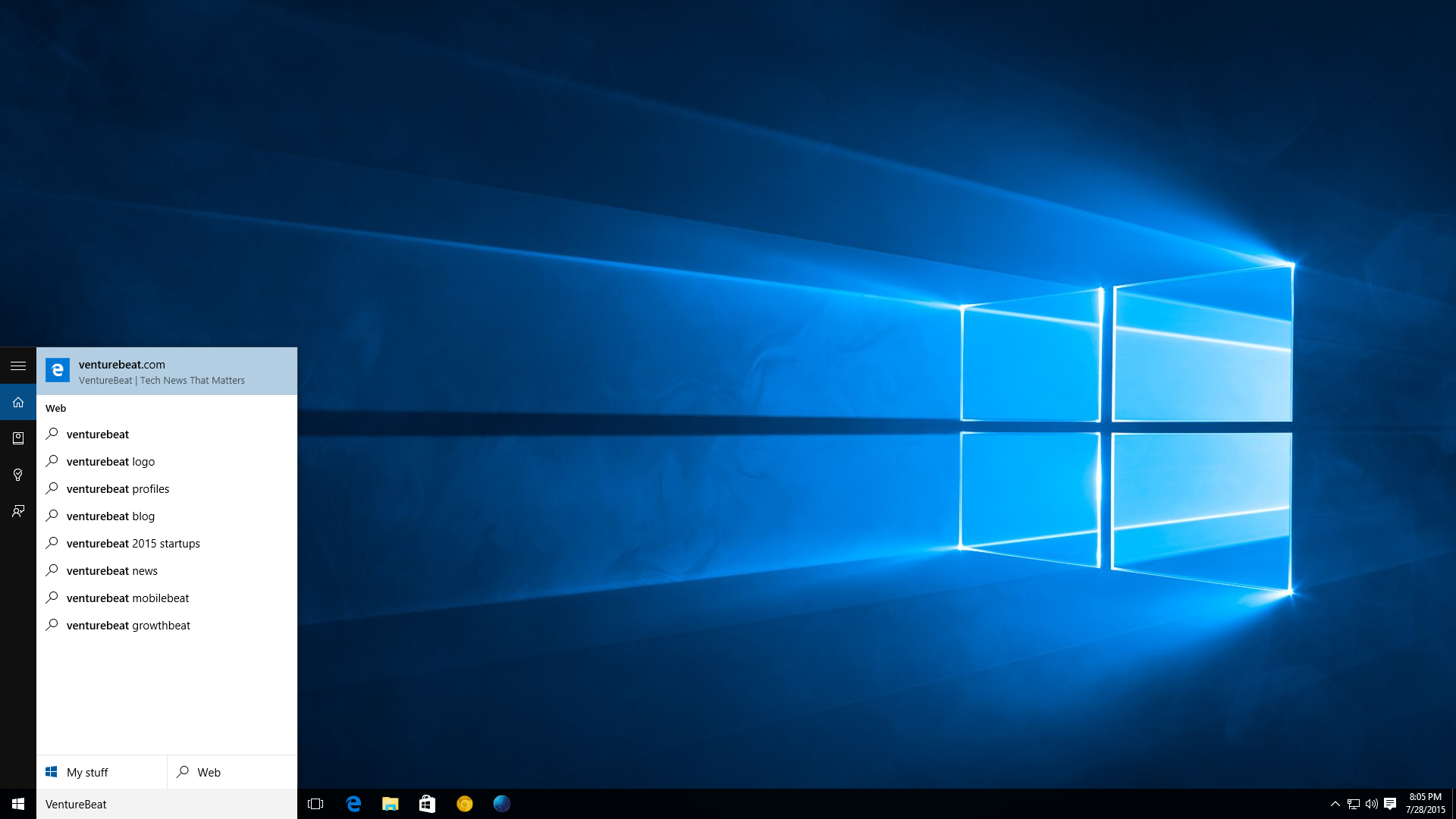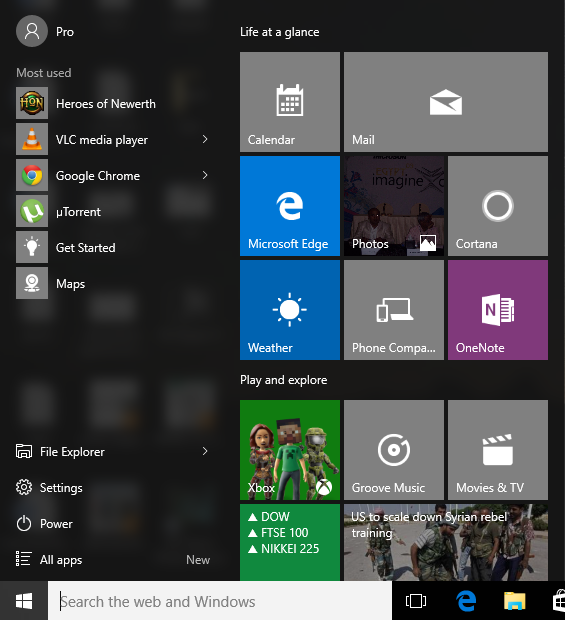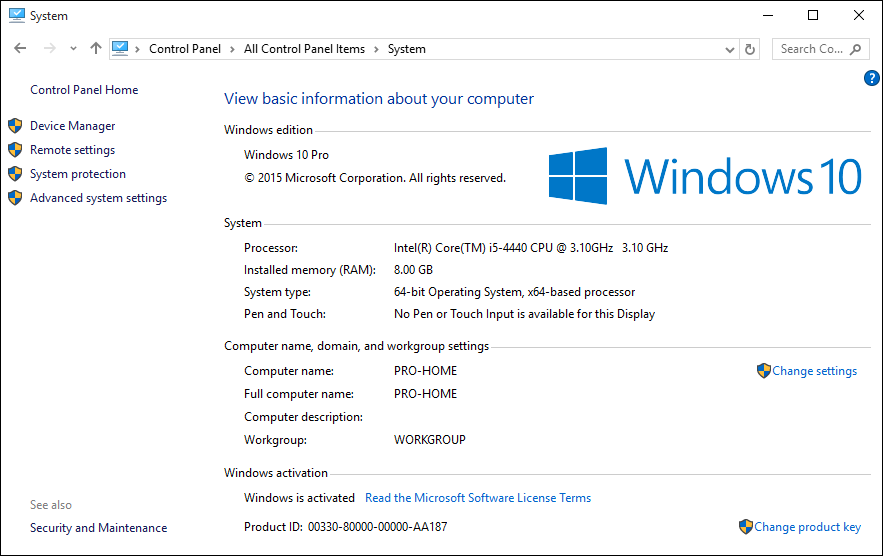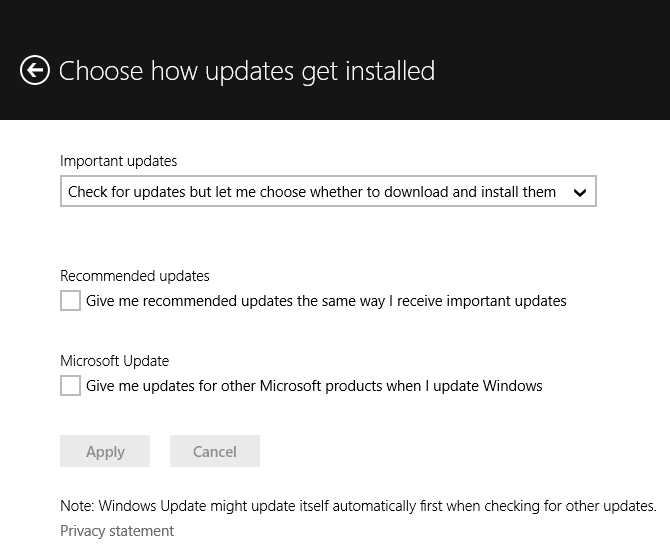Windows 10 launched on July 29, and it’s still not done. It’s never going to be done, according to Microsoft.
Because it’s difficult to review an operating system that is being developed as a service, our review is going to get major updates, just like the operating system. We already told you our thoughts after 10 days with Windows 10, so now it’s time to look at the progress over the past 10 weeks.
Windows 10 has already received quite a few updates, though the next major one is expected to arrive next month. I’ve been playing with the latest and greatest from Microsoft on a variety of desktops and laptops so far, without many major hiccups. We’re still only looking at PCs for now since the first Windows 10 phones are launching in November and Windows 10 Mobile is coming to existing devices in December.
The short story is that Windows 10 isn’t ready for everyone. Between launch and this week, not much has changed in terms of functionality.
Cortana is still limited to just a handful of countries, Microsoft Edge still doesn’t have extensions, the Start menu is still awesome, Task View is still solid, the built-in apps are still mediocre, and the Windows Store is still missing a decent selection.
There’s no major downside to getting Windows 10 right now, though there is naturally still a risk of upgrading too soon. If your computer is working fine, it makes sense to be cautious.
Get it or wait?
At the end of the day, there’s really just one question that I’m asked over and over: Should I upgrade? I’m going to attempt to answer this question for a slew of different users.
If you’re looking to buy a new computer, I would definitely recommend getting one with Windows 10. There is absolutely no reason at this point to opt for Windows 7 or Windows 8.1. Get the latest version and don’t look back.
This is my recommendation whether you’re a student, casual user, business owner, corporation, or power user. There are no ifs, buts, or maybes: Windows 10 on new hardware is ready.
If you’re seeking out a new Windows computer, eliminate all those that don’t have Windows 10. Yes, you could just upgrade right away, but it will make your life easier just to get Windows 10 out of the box.
Old computer
This is where it gets a bit tricky. Most people want to know if they should take advantage of Microsoft’s one-year, limited-time offer that lets Windows 7 and Windows 8.1 owners upgrade to Windows 10 for free. The short answer is of course yes, but the longer answer is now might not be the right time.
If you’re a student, I would say you can wait a few more months. If there is a particular feature you want, though, then definitely make sure to back up all your documents, photos, songs, and so on before taking the plunge.
If you’re a casual user, I would say the same thing applies. Wait a few more months unless you’re absolutely dying to get Windows 10 running on your current machine.
If you’re a business owner, I would put Windows 10 on one of your existing PCs and test it out for a few weeks. You should definitely bring all your computers up to speed depending on how it fares.
If you’re the head of a corporation, or manage the IT department at a big firm, I would hold off. The free upgrade doesn’t apply to you anyway. That said, you should definitely start testing Windows 10 now, as opposed to waiting just for the sake of waiting.
If you’re a power user, I would put Windows 10 on all your PCs, and even consider putting the latest preview build on at least one of them. A lot is coming down the tester pipeline, and you’ll frankly want to take some of the features out for a spin.
My personal experience with the Windows 10 upgrade process was the best I’ve ever had with a Windows upgrade. It was quick, smooth, and everything transferred over so well that I went out of my way to look for a problem, but didn’t find one. Your mileage will of course vary.
Bugs and Updates
Windows 10 still has plenty of bugs. Any Windows Insider will probably be able to list a handful for you.
It’s important to emphasize, however, that none of these bugs are showstoppers. Chances are you won’t experience any of them.
On the other hand, Windows 10 is not invincible. Just like any operating system before it, you may see apps crash or even the whole system hanging.
Again, Windows 10 isn’t ready for everyone, but it’s certainly getting there. Microsoft hopes that by the time you get Windows 10, it will work as expected on your machine.
If you’re willing to deal with potential issues, go ahead and upgrade. If you want it today and want to minimize the chance of problems, go out and buy a new Windows 10 PC.
Regardless of how you get Windows 10, though, make sure to run Windows Update a few times. Microsoft isn’t kidding about Windows 10 as a service: Fixes really are going to be delivered on the fly.
Not just that, but Windows 10 will be getting a ton of new features. Some of these are expected and have been discussed before: Microsoft Edge extensions and messaging integration with Skype, for example. Many business and enterprise additions are also in the pipeline.
Others haven’t been revealed yet because Microsoft wants to make them a surprise. While some of the known ones are slated to arrive later this year, the rest are currently expected in 2016.
